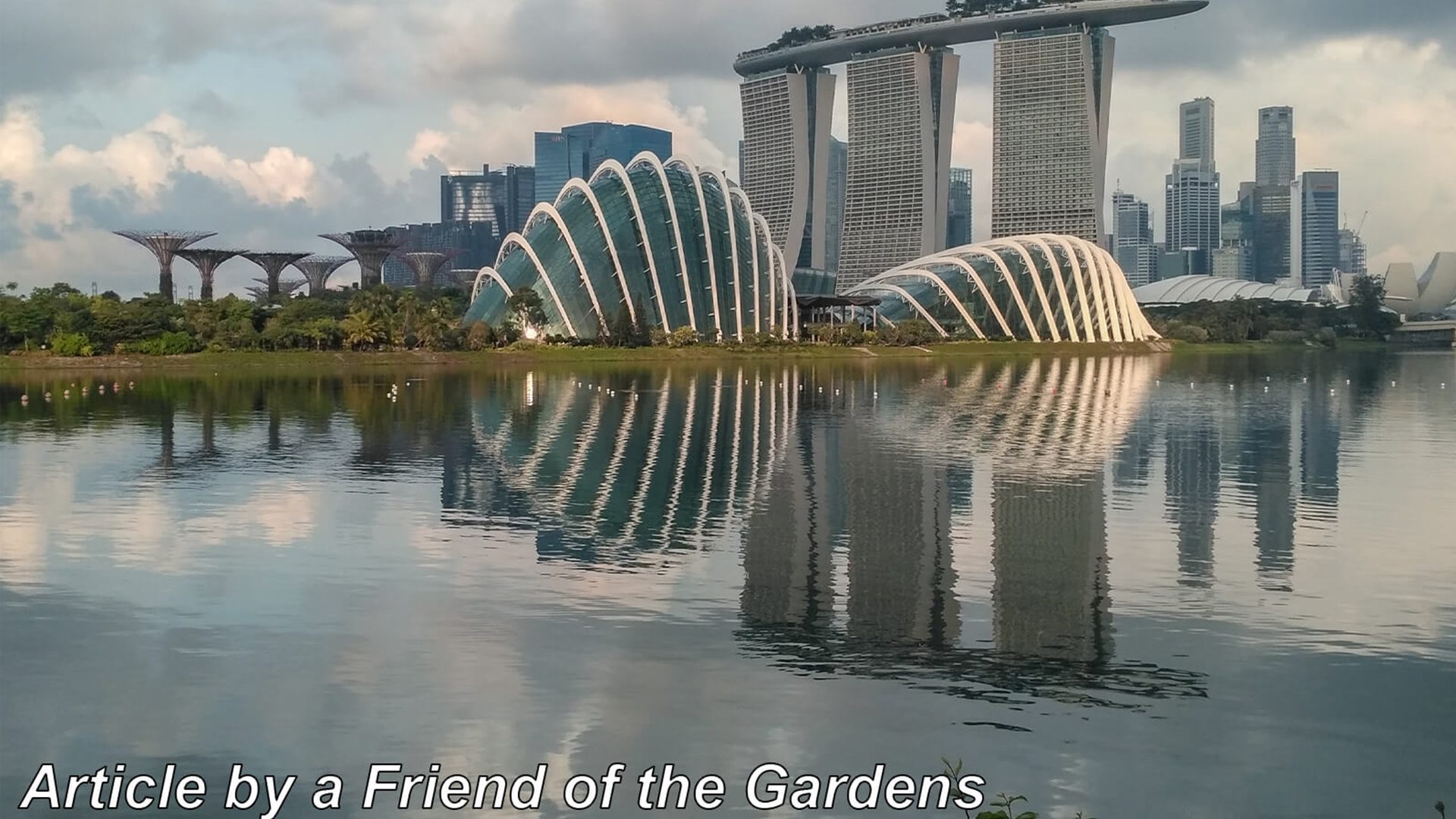Bromeliads in the Gardens
Bromeliads are members of a plant family known as Bromeliaceae (bro-mil-lee-AH-say-ee). There are more than 3000 species in this family and the most famous bromeliad is the pineapple!
They come in many diverse colours, leaf-patterns, shapes and sizes; and are in the same family as some very “un-pineappley” types of plants such as Spanish moss.
Some bromeliads look like aloes, yuccas, some look like spiky grasses or pandan plants and some resemble huge flowers / rosettes. Their sizes range from tiny miniatures to giants as big as a small car!
Where can you find the most Bromeliads in the Gardens?
The area where you can find the largest numbers of bromeliads in the Gardens is actually the Supertree Grove! Bromeliads are used extensively in the vertical planting of the Supertrees, as well as at the base planters of the Supertrees.
With little to no roots at all, Bromeliads are a very drought tolerant and hardy plant family that need very little soil. Instead, they rely on the way their leaves radiate, forming a central “cup” which helps to catch and hold rainwater in their native habitats. Many bromeliads are epiphytes and naturally do not grow in soil but can thrive easily on tree branches, in crevices of tree trunks or within rocky terrains.
Due to their hardiness, as well as the variety of colours, bromeliads were chosen primarily for vertical planting on the “trunks” of the Supertree.
When bromeliads flower, sometimes they put out amazing flower spikes of the most stunning colours, from a burst of ombre purple to bluish hues, a fiery flame of orange-red or even the soft baby hues of pinks and blues!



